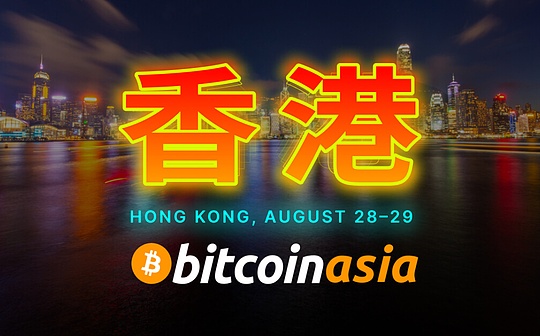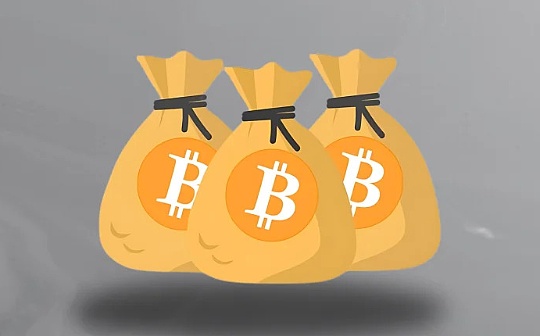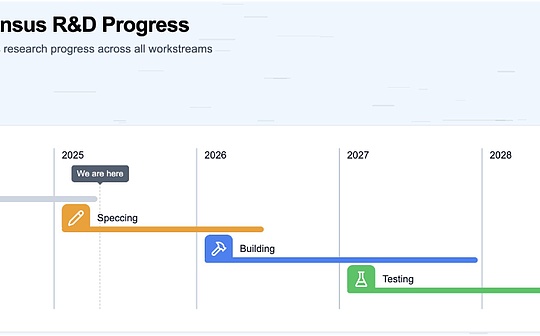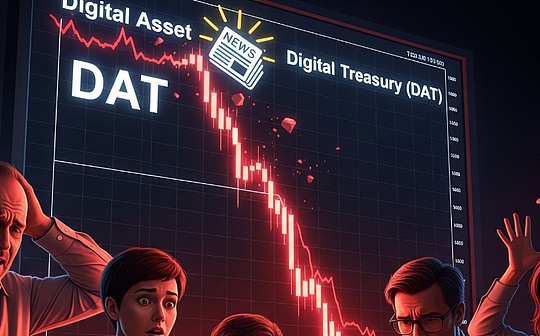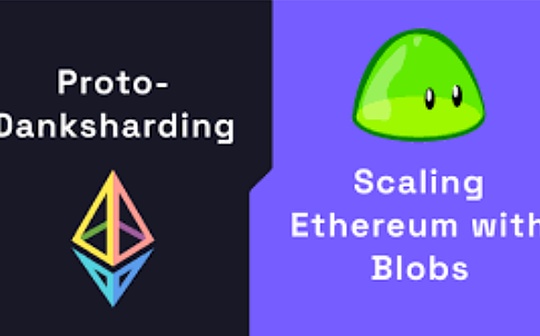
Written article: 0xjs@:
After the Ethereum Dencun is upgraded, Ethereum will use EIP-4844, which is usually called Proto-Danksharding.This upgrade introduced type 3 (Type-3) transactions (Note: Ethereum has Type-0, Type-1, Type-2 transaction), which brings new opportunities and complexity to the L2 network to optimize themClearance method with Ethereum.
This article reveals the details of EIP-4844 and explore its potential impact on L2 networks and wider blockchain ecosystems.
Question: High L2 GAS fee
The L2 solution uses the transaction under the chain, and then regularly settled on the Ethereum L1 to improve scalability and reduce transaction costs.
At present, the settlement of L2 transactions on L1 is completed through L1 CallData’s release of batch L2 transaction information.For L2, the cost related to the release with CALLDATA is a huge expenditure.
Dashboard “Rollup Economics” created by Dune user Niftytable,In order to submit the transaction information to the main network of Ethereum, L2 spent more than 15,000 ETH in December 2023, and spent more than 10,000 ETH in February 2024. In March 2024, more than half of them had spent more than 7,000 ETH.
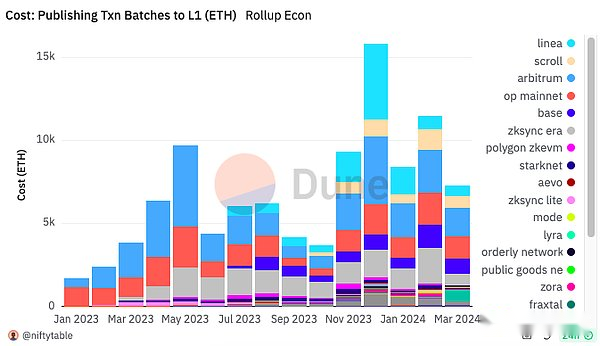
Solution: blob transaction
EIP-4844 solves the scalability problem on Ethereum by creating a “blob” space for data. L2 can use these Blob spaces to replace CALLDATA for settlement.The main expected consequence is that the cost of L2 is reduced.
Some details about Type-3 transactions and blobs:
-
Each block can have up to 6 blobs
-
Each Type-3 transaction may have 1 or 6 BLOB
-
Each blob can store up to 128kb data.If the entire 128kb is not used, the TX sender still needs to pay 128KB BLOB space.
-
BLOB only needs to store 4096 EPOCH (about 18 days)EssenceThis is considered to be long enough and can be retrieved by all participants in L2, but it is also short enough to maintain the managementability of the hard disk use.This makes BLOB cheaper than permanently stored CALLDATA.
BLOB can be regarded as a new type of tool, where Rollup can effectively store transactions and proof data, thereby saving GAS costs when sending this information to the main network.This new transaction provides a better way for L2 and L1 block space.
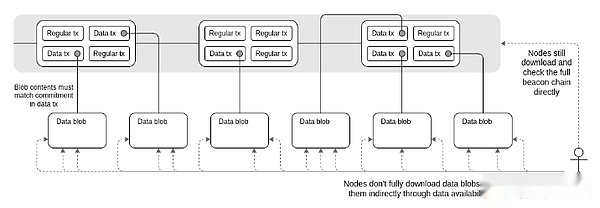
Preliminary rough estimates show that BLOB will save 10-100 times the cost of ROLLUP transaction.
New transactions and block heads fields
There are two new fields of Type-3 transactions:
-
max_fee_per_blob_gas: The highest fee for users to pay for each Blob Gas
-
blob_versioned_hashhes: kzg_to_versioned_hash hash output list.
In EIP-4844, there will be two new fields in the block head:
-
blob_gas_used: Blob GAS consumed in the block
-
Excess_blob_gas: The total amount of Blob Gas consumed before the block exceeds the target.This is used to set up Blob Gas pricing.
Blob’s spread
Ethereum has a memory pool MEMPOOL, which temporarily stores Type-0, Type-1 and Type-2 transactions.The Type-3 transaction will also be located in the memory pool, But Blob’s actual content will spread through the consensus client Blob Sidecar and do not need to reach the execution client.Type-3 transactions include references to Blob (hash), not Blob itself.
Understand the basic cost of blob
EIP-4844 created a new Blob Gas market.The market is similar to the EIP-1559, and the basic cost of BLOB is changed according to the supply and demand.
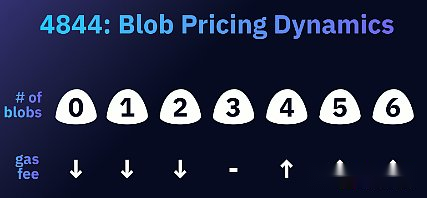
EIP-4844 runs in accordance with the following pricing rules:
-
If the number of blobs in the block is more than the target (currently 3), the basic cost of BLOB is increased.
-
If the blob in the block is less than the target, the basic cost of BLOB is reduced.
-
If the number of blobs in the block is the same as the target, do not change the basic cost of BLOB.
In addition to this new pricing mechanism, the Type-3 transaction will still have MAX_FEE_PER_GAS and Max_priority_fee_per_gas fields, and is subject to the existing EIP-1559 market.In addition to BLOB space, the Type-3 transaction still needs to pay for the EVM space used by it.
Impact on Ethereum L2
BLOB is expected to greatly reduce the cost of publishing to the main network of Ethereum, which will lead to a change in the L2 market.Many people in the ecosystem predict that in most cases, Blob’s basic costs will be close to the minimum.
However, this introduction will bring new complexity to L2 operators. They now need to make a decision with Type-2 and Type-3 cost mechanism to summarize it.Sometimes, conventional Type-2 batches of processing transactions are more expensive than Type-3 BLOB transactions, and vice versa.Therefore, each L2 must monitor two independent markets to determine which market to use according to the current network conditions is more favorable.
It is expected that L2 may not require the entire BLOB space, and L2 timing research may occur: 1) wait and fully fills a BLOB and/or 2) to coordinate with other L2 to share the BLOB space.
DENCUN upgrades and EIP 4844 brings new opportunities to the L2 network, but it will also bring more observed challenges to Ethereum.As Type-3 transactions enter the market, L2 will need to manage these new opportunities brought by these changes.

